Risk Alert Receptive Language
Video Summary
Dr. Deborah Fein explains that presence of receptive language can be difficult to test, but there are ways to make requests of children that, if they respond, might be ways of learning about what words and/or concepts these children understand.
"It's much easier to quantify what the child knows how to say than what the child really understands. If the child labels colors correctly, you know (they) know (their) colors. But how do you know for sure what a child is really understanding? "
— Deborah Fein PhD
Early Warning Signs related to Risk Alert Receptive Language
-
Receptive Language Assessment

Dr. Smith explains how the presence of receptive language can be easily over estimated by parents, who may not recognize the many situational cues and/or routines that aid a child's understanding and ability to complete a task. Given these cues, it is important to ask parents for examples of the child's ability to follow novel, purely verbal commands in order to accurately gauge a child's receptive language ability.
-
Learning Pointing and Picture Recognition
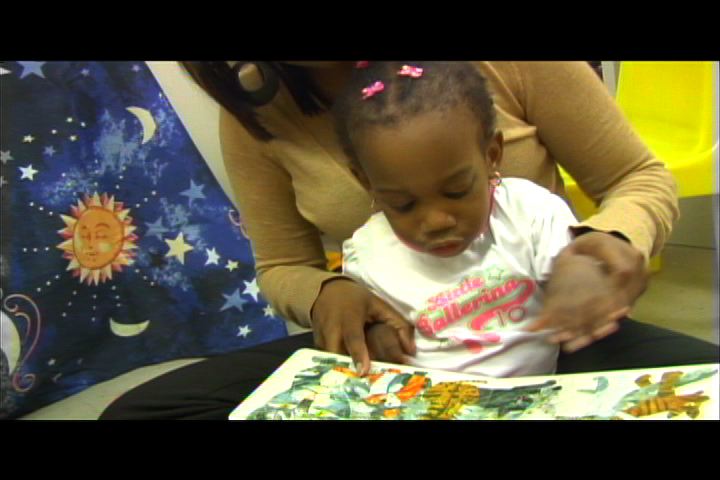
The following clip demonstrates how a therapist uses a variety of strategies, including labelling and hand over hand instruction, to teach Leighdionne, a young girl with autism, basic skills such as pointing and making choices. The therapist also works on expanding her recognition of words. Leighdionne struggles both in identifying the objects ('sun', 'lion') and in following simple instructions (e.g. 'close book').
-
Receptive Language
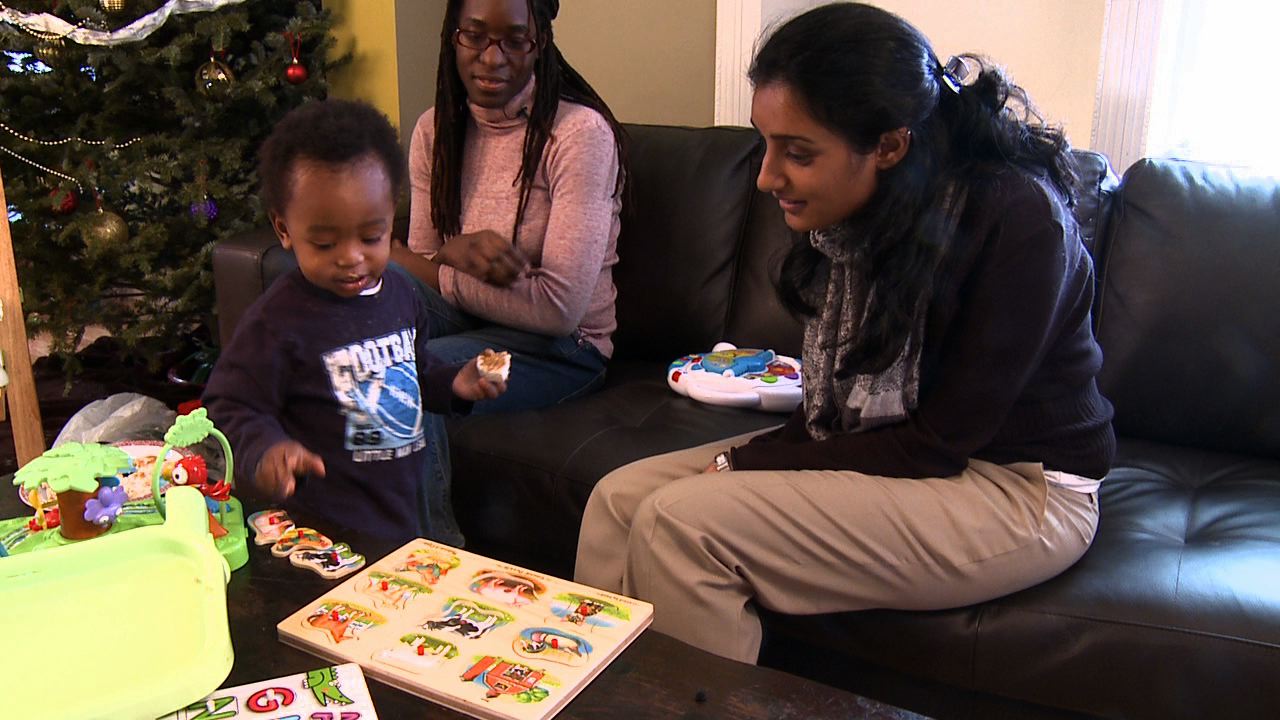
Dr. Soorya reviews the milestones for receptive language development and discusses ways in which these milestones can be assessed. Examples of how a child's understanding of language can be assessed are provided for both typically developing children and children on the autism spectrum.
Therapies related to Risk Alert Receptive Language
-
Speech Therapy; Identifying Body Parts
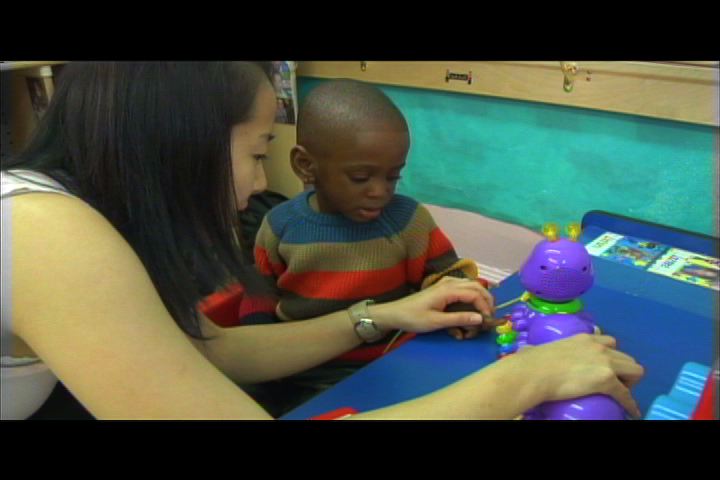
In the following clip, a therapist teaches Jazmere to identify his body parts as part of a speech therapy session. To confirm that Jazmere understands the meanings of these words as well as being able to repeat them, she requires that Jazmere touch each body part as he repeats it.
-
Teaching Lucas Receptive Language
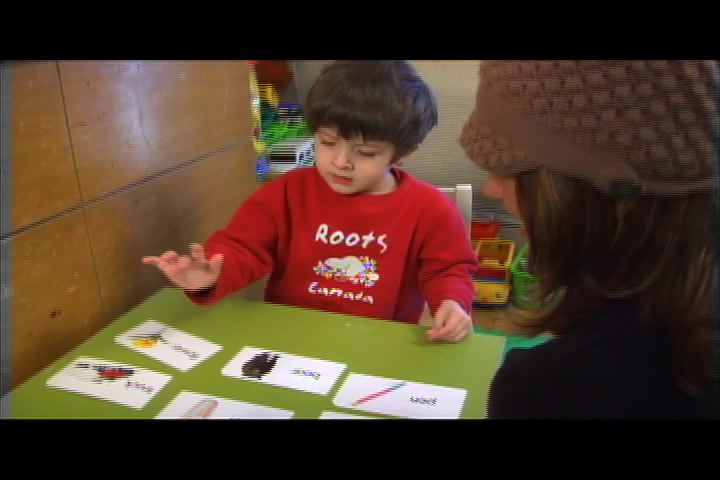
Therapist Georgia practices receptive language skills with Lucas by asking him to point to pictures of words he recognizes. Lucas does a great job, so Georgia reinforces his behavior by giving him a toy car.
-
Teaching Christian Receptive Language
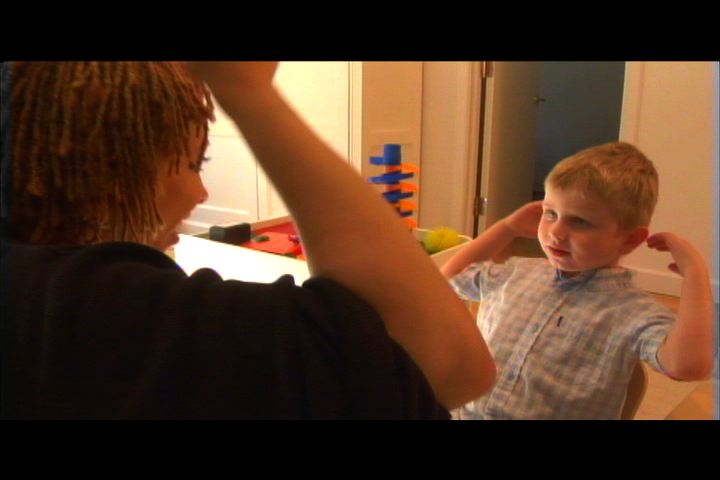
Christian's therapist Tia helps him improve his receptive language skills by working on a simple, one step command: "Give me." They later practice imitation together. While typically developing children learn these skills on their own, many children with autism must be taught them. Throughout the video Christian engages in many distracting sensory seeking behaviors, including grinding his teeth, chewing on toys, looking at his fingers and making high pitched sounds.
Choose a category
Sign in to your account
×Forgot Your Password?
Not a problem. Simply enter your email address and we will issue a new password.






